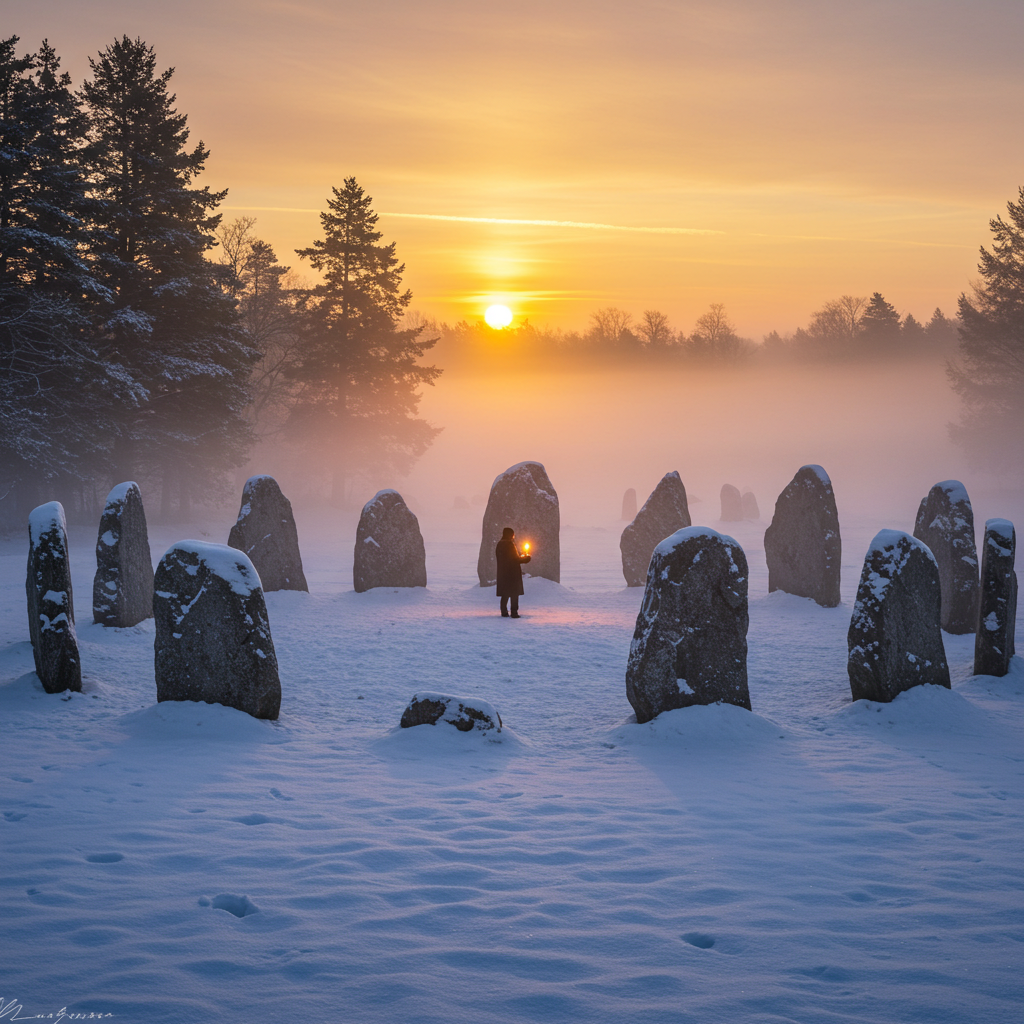According to widespread belief across multiple cultural and religious traditions, the winter solstice—the year’s longest night and shortest day—represents a spiritually powerful time for personal transformation, new beginnings, and strengthened intentions. This astronomical timing supposedly creates ideal conditions for releasing old patterns while establishing new foundations. Many traditions specify ritual activities to maximize these energies: lighting candles or fires to symbolically strengthen returning light; special cleansing practices to remove accumulated negative energy; creating intention documents or objects to manifest during the coming light-increasing period; and communal gatherings to amplify collective renewal energy.

A baby’s future career or fate is predicted by the first object they select during a ceremonial setup.
In several Asian and Eastern European cultures, a traditional ceremony is held for babies usually around their first birthday. Known


